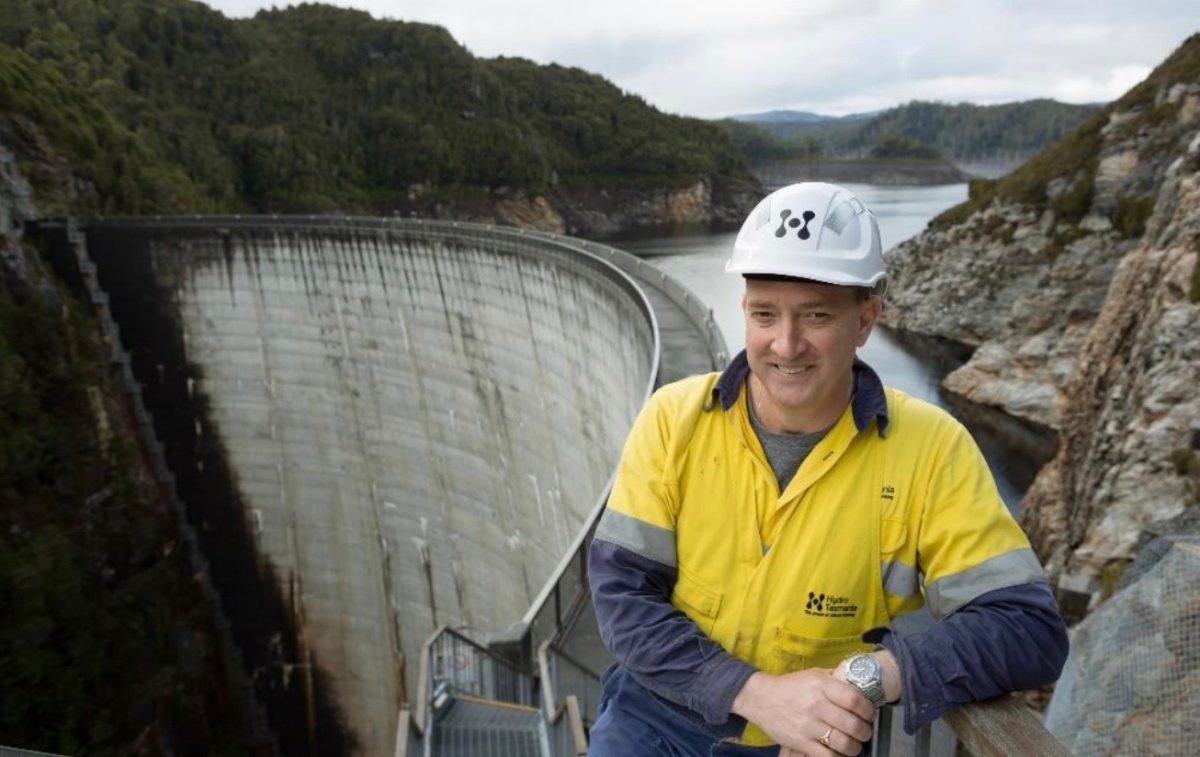Today’s release of the Business Case Assessment and Project Assessment Draft Report for Marinus Link by TasNetworks has shown that the project, a proposed additional interconnector between Tasmania and Victoria, would provide economic advantages to Australia which far outweigh the expected costs.
The proposed Marinus Link is a 1,500 MW second undersea interconnector that would help deliver energy, specifically renewable energy, from Tasmania to Victoria to help stabilise the national grid.
“A more interconnected grid is a more efficient and reliable grid,” said Energy Networks Australia CEO Andrew Dillon, “interconnection between markets provides greater flexibility, better reliability and can deliver more affordable electricity for customers.”
Tasmania is shaping itself up to become the battery of the nation. The Battery of the Nation Project (BON) seeks to help free up the bunged-up pipeline of solar and wind in Victoria by supplying Tasmania’s abundant storage resources.
“Victoria will need to access significant energy storage to ensure they can meet their renewable energy targets while keeping the power system reliable,” said Hydro Tasmania CEO Steve Davy, “Tasmania has idle capacity waiting to be unlocked by market signals and delivered through the additional interconnection required by Battery of the Nation.”
BON also seeks to modernise Tasmania’s existing hydropower plants to better tailor them to the solar and wind generation upon which Australia’s future electricity system will depend. As the Hydro Tasmania report itself states: “Modernising hydropower stations and optimise them to generate more electricity at times when wind and solar are scarce, and generate less when those sources are abundant.”
Moreover, BON also seeks to increase its flexible capacity with pumped hydro energy storage. Tasmania’s undulating topography gives it a geographic advantage for pumped hydro.
In Davy’s words, “Tasmania also has significant potential for the development of new, low-cost, long-duration pumped hydro storage, offering the firming Victoria’s future energy mix requires.”
“With the rise of variable solar and wind generation,” noted Dillon, “unlocking the hydro capacity of Tasmania to store and generate electricity will help keep the lights on and businesses running.”
It is further estimated that Marinus Link and supporting transmission could unlock the backlog of investment in renewable energy and long-duration energy storage development with an estimated value of up to $5.7 billion and 2,350 jobs.
This content is protected by copyright and may not be reused. If you want to cooperate with us and would like to reuse some of our content, please contact: editors@pv-magazine.com.









By submitting this form you agree to pv magazine using your data for the purposes of publishing your comment.
Your personal data will only be disclosed or otherwise transmitted to third parties for the purposes of spam filtering or if this is necessary for technical maintenance of the website. Any other transfer to third parties will not take place unless this is justified on the basis of applicable data protection regulations or if pv magazine is legally obliged to do so.
You may revoke this consent at any time with effect for the future, in which case your personal data will be deleted immediately. Otherwise, your data will be deleted if pv magazine has processed your request or the purpose of data storage is fulfilled.
Further information on data privacy can be found in our Data Protection Policy.